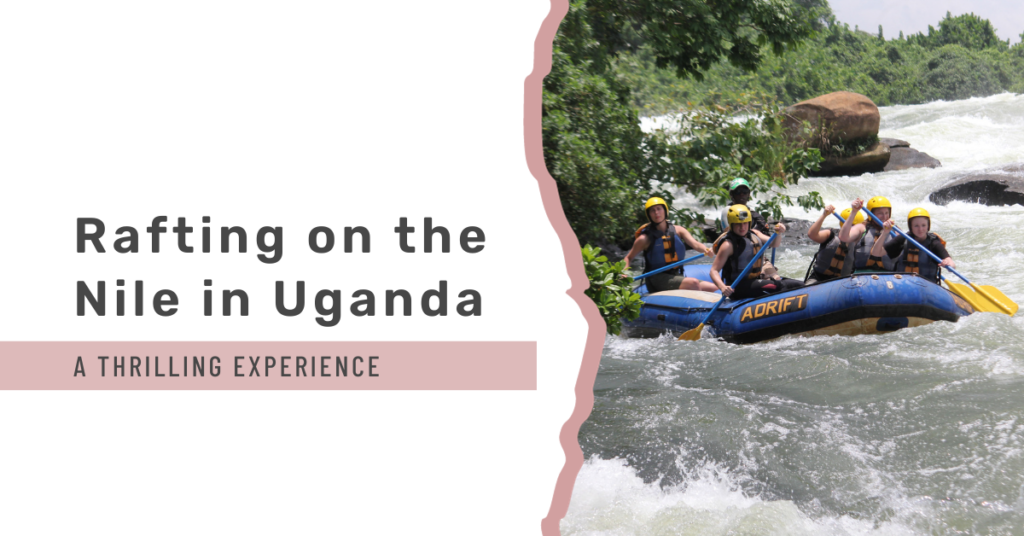These peculiar creatures are known as “Muskox,” and despite their ox-like appearance implied by their name, they are more closely related to sheep and goats. Standing between 1.10 and 1.50 meters tall at the shoulders, both males and females possess long, curved horns. Muskoxen boast two distinct types of fur that serve to keep them warm and dry during the harsh Arctic winters. The inner layer consists of shorter, densely packed wool, while the outer layer comprises long hairs that can almost reach the ground.
In the warmer summer months, muskoxen inhabit wet areas such as river valleys. While during the winter, they migrate to higher elevations to escape the deep snow. This seasonal movement helps conserve their energy as they forage for food, which includes grasses, willows, woody plants, lichens, and mosses. It’s worth noting that provoking them is ill-advised. They can reach speeds of up to 60 km/h, surpassing even Usain Bolt in a sprint.



The history
Muskoxen used to inhabit Norway but became extinct during the last ice age when the entire country was covered by vast ice sheets. The first attempt to reintroduce muskoxen to Norway took place in 1931. When individuals were imported from Greenland and brought to Dovrefjell National Park. Unfortunately, these animals were hunted to extinction during World War II. After the war, a second attempt at reintroduction was made between 1947 and 1953, bringing in new individuals from Greenland.
However, this attempt faced its own challenges. By 1983, there were only 36 muskoxen left in the area, making the population extremely vulnerable to diseases, predators, and the harsh climate. Fortunately, the muskoxen managed to survive, and by 2012, the population had grown to approximately 300 individuals within Dovrefjell National Park.
The severity of winters plays a crucial role in the success of these reintroduced populations. When winters are too harsh, female muskoxen may not go into gestation, resulting in fewer offspring born the following year. If this happens frequently, it can pose a significant threat to the population’s persistence. Thankfully, muskoxen are now protected within Dovrefjell National Park, ensuring that they can roam these wildlands for generations to come.
Muskox safari
Dovrefjell National Park is a unique destination in Norway and one of the few places globally where you can encounter the magnificent muskoxen. During safaris in this park, you’ll have the opportunity to witness these animals in their natural environment. From a distance, they may appear as mere moving rocks. But as you get closer or they start to move, the muskoxen reveal their true form. Blending perfectly with their surroundings. In the winter, they become easier to spot against the white snow. These large and tranquil creatures are generally peaceful, but it’s crucial to maintain a safe distance. Especially during the mating season and when young calves are present in the herd.
Dovrefjell National Park offers much more than just Muskox safaris. You can also encounter reindeer and mountain grouse, climb Snøhetta, the park’s highest peak at 2,286 meters, and embark on multi-day hikes through the stunning landscape. I had the privilege of spending two days in Dovrefjell National Park during my Erasmus Exchange in Norway. Accompanied by international students and guided by Floris Smeets, the owner of Photo Tours Norway. Floris offers remarkable nature and wildlife photography tours throughout Norway, including unforgettable encounters with muskoxen in Dovrefjell National Park.



Want to support my work?
I spend a lot of time keeping this website filled with educational content and keeping updates about what I do to achieve my dream of working and living in Africa. Do you want to support me? You can buy me a coffee or purchase one of my digital prints. All proceeds will go towards my elephant research and the time spent on this website.







